What is Chinese Roof Tiles
Chinese Roof Tiles are a traditional and widely used roofing material in China and other East Asian regions. These tiles are typically made from clay, ceramic, or concrete, and are known for their distinctive curved shape and durable construction. They have been an essential part of Chinese architecture for centuries, adding both functionality and aesthetic beauty to buildings.
Key Characteristics of Chinese Roof Tiles:
Traditional Design: The iconic curved shape of Chinese roof tiles, often referred to as "S" or "U" shaped, allows them to interlock tightly, providing a secure and waterproof roofing system. This unique design has been used for thousands of years in ancient temples, palaces, and traditional homes.
Material Variety: While traditional Chinese roof tiles were primarily made from clay or ceramic, modern versions can also be crafted from concrete, metal, or other materials. Clay and ceramic tiles, however, remain the most common due to their durability and aesthetic appeal.
Weather Resistance: Chinese roof tiles are designed to withstand the elements. Whether it's the intense sun, heavy rain, or snow, these tiles offer excellent protection against various weather conditions, ensuring that the building beneath stays dry and insulated.
Aesthetic Appeal: Chinese roof tiles are often an important architectural feature, contributing to the overall appearance of a building. The elegant curves and traditional colors, which can range from deep reds to natural earth tones, add beauty to temples, courtyards, and other historical structures.
Longevity and Durability: Known for their long-lasting durability, Chinese roof tiles can endure for decades without significant wear or deterioration. Their ability to maintain their structure and color makes them a cost-effective roofing solution in the long term.
Cultural Significance: In Chinese culture, the roof is a significant symbol of protection and prosperity. The use of traditional roof tiles can be seen as a way to honor history and tradition while also creating a harmonious relationship between the building and the environment.
Application of Chinese Roof Tiles
Chinese Roof Tiles are widely used in both traditional and modern architecture, offering aesthetic value and practical benefits. Below are the main applications:
1. Traditional Architecture
Temples and Palaces: Tiles like curved and double-curved tiles are used in religious and imperial buildings for their symbolic and functional qualities.
Traditional Homes: Plain and overlapping tiles provide durability and protection against weather in historical residences.
2. Modern Architecture
Renovations: Traditional tiles are used to preserve the original appearance of cultural heritage sites.
Eco-Friendly Buildings: Resin roof tiles are increasingly popular for their lightweight and durable nature.
3. Commercial and Public Buildings
Cultural Centers: Tiles like fish-scale and decorative ridge tiles are used in cultural spaces to blend tradition with modernity.
Themed Venues: Hotels and restaurants use resin tiles for an authentic look with low maintenance.
4. Symbolic and Decorative Use
Garden Structures: Tiles are used in pavilions and pagodas, adding beauty and cultural symbolism.
Decorative Roof Ridges: Dragon and phoenix tiles are used on ridges to symbolize protection and strength.
5. Environmental Protection
Waterproofing and Insulation: The interlocking design of curved tiles helps protect buildings from rain and provides insulation.
Types of Chinese Roof Tiles
There are several types of Chinese Roof Tiles, each serving different architectural styles and purposes. Here's a table summarizing the Types of Chinese Roof Tiles:
| Type of Tile | Description | Appearance | Use | Material |
|---|---|---|---|---|
| Plain Tile (Pingle Tile) | Traditional flat tile with a smooth surface. | Simple, flat shape with no curvature. | Used in ancient Chinese architecture like temples and homes. | Clay or ceramic. |
| Curved Tile (S-shaped Tile) | The most iconic type of Chinese roof tile, often seen in traditional buildings. | Curved "S" shape, interlocks for waterproofing. | Common in temples, pagodas, and traditional houses. | Clay or ceramic. |
| Double Curved Tile (Dou Gong Tile) | Tiles with two distinct curves for a more decorative look. | Double curves, giving a layered effect. | Used in decorative or important buildings like palaces. | Clay or ceramic. |
| Fish-scale Tile | Tile shaped like fish scales, overlapping in a pattern. | Rounded, arched shape resembling fish scales. | Popular in classical Chinese architecture for aesthetic reasons. | Clay or ceramic. |
| Round Tile (Circular Tile) | A round, disk-like tile used for decoration. | Circular shape with a central hole for installation. | Used in temples or as part of roof ridges. | Clay or porcelain. |
| Overlapping Tile (Eaves Tile) | Designed to overlap for a layered effect. | Tiles overlap slightly, creating a smooth surface. | Used for eaves or roof edges to protect against rain. | Clay or ceramic. |
| Dragon or Phoenix Tile | Decorative tiles featuring dragons or phoenixes, symbolic creatures in Chinese culture. | Embossed or painted dragons, phoenixes, or mythical creatures. | Used on high-status buildings or roof ridges. | Glazed ceramic or porcelain. |
| Decorative Ridge Tile | Tiles placed along the ridges of roofs for decoration and function. | Intricate designs, sometimes with cultural symbols. | Placed along the ridge of roofs for aesthetic and security. | Clay, ceramic, or glazed porcelain. |
| V-shaped or Half-tube Tile (Yuanzi Tile) | Tile with a "V" shape for water drainage. | Half-tube shape for neat appearance. | Used for lower sections of roofs where water drainage is important. | Clay or ceramic. |
Chinese Roof Tiles VS Chinese Resin Roof Tiles
The difference between "Chinese Resin Roof Tiles" and "Chinese Roof Tiles" primarily lies in the material and manufacturing process used for each type of tile. Here's a breakdown:
1. Chinese Resin Roof Tiles
Material: Made from synthetic resins (such as ASA or ABS), these tiles are engineered to have the appearance of traditional clay or ceramic roof tiles but are much lighter and more durable.
Durability: Highly durable, resistant to UV rays, corrosion, and extreme weather conditions. They are weather-resistant and can last up to 30 years or more.
Maintenance: Low maintenance, as they are resistant to moss, algae, and other growths that can often affect traditional tiles.
Aesthetic: They are designed to look like traditional clay tiles but have a more modern finish and come in a variety of colors.
Installation: Easier and faster to install compared to traditional materials due to their light weight.
2. Chinese Roof Tiles (Traditional)
Material: Typically made from clay or ceramic. These tiles have been used for centuries, often made through firing clay at high temperatures.
Durability: Strong but prone to cracking or breaking under extreme conditions or impacts. They are weather-resistant but may need maintenance over time.
Maintenance: Higher maintenance compared to resin tiles due to the potential for cracking, staining, and moss growth.
Aesthetic: Traditional look, especially suited for classic architectural styles. Often comes in earthy tones like red, brown, or terracotta.
Installation: Heavier and more difficult to install due to their weight, requiring more labor and support structures.
Here's the comparison of Chinese Resin Roof Tiles and Chinese Roof Tiles in a simplified table:
| Feature | Chinese Resin Roof Tiles | Chinese Roof Tiles |
|---|---|---|
| Material Composition | High-quality resin, possibly reinforced with fiberglass or polymer additives | Traditional clay or ceramic, with some modern versions made of concrete or composite materials |
| Manufacturing Process | Resin molding and curing, lightweight and flexible | Shaped from clay and fired at high temperatures, hard and rigid |
| Weight and Durability | Lighter, more resistant to cracking, fading, and wear | Heavier, more rigid, durable but prone to cracking in extreme conditions |
| Aesthetic Appeal | Available in various colors and designs, suitable for modern architecture | Iconic traditional design, often in earth tones like red and brown |
| Installation and Maintenance | Easier and faster to install, requires less maintenance | Heavier, labor-intensive installation, requires more maintenance due to potential cracking |
| Cost | More affordable, cost-effective for modern projects | Generally more expensive due to labor-intensive production and material costs |
| Environmental Impact | Can involve more chemicals in production, less eco-friendly, but some use eco-friendly resins | More eco-friendly as it uses natural clay, with fewer chemicals in production |
In summary, Chinese Roof Tiles offer a wide variety of designs, each with its own distinct characteristics and practical uses. From the traditional Plain Tile to the decorative Dragon or Phoenix Tiles, these tiles not only serve as functional components of the roof but also add significant aesthetic and cultural value to the buildings they adorn. Whether it's the iconic Curved Tiles for traditional architecture or the modern and efficient V-shaped Tiles for water drainage, each type plays a vital role in maintaining the structural integrity and beauty of Chinese architecture. The choice of roof tile depends on the building's purpose, cultural significance, and desired aesthetic, ensuring that these tiles continue to be a timeless and essential feature in Chinese construction.









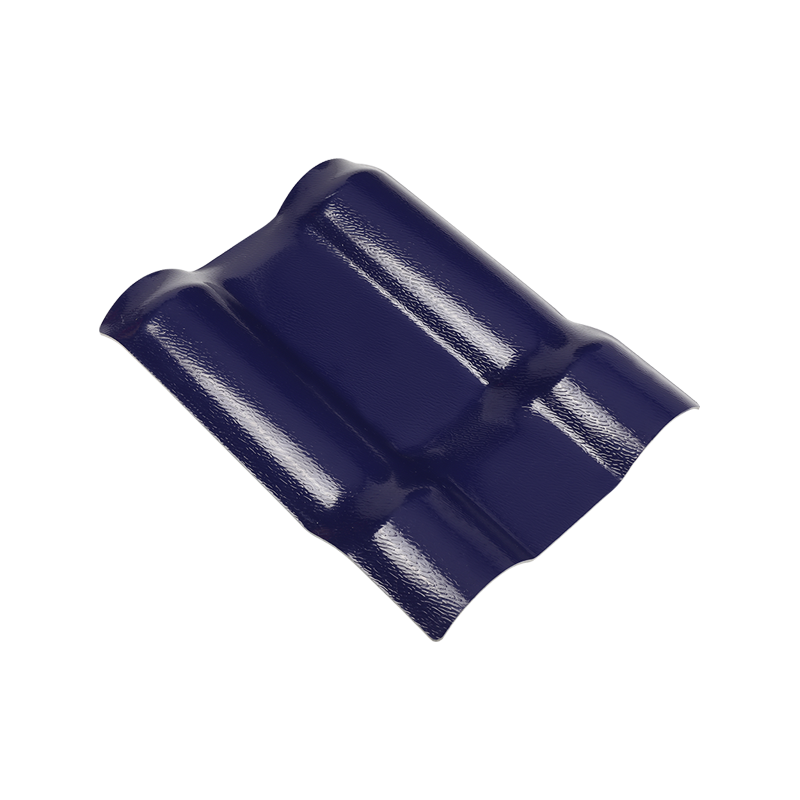
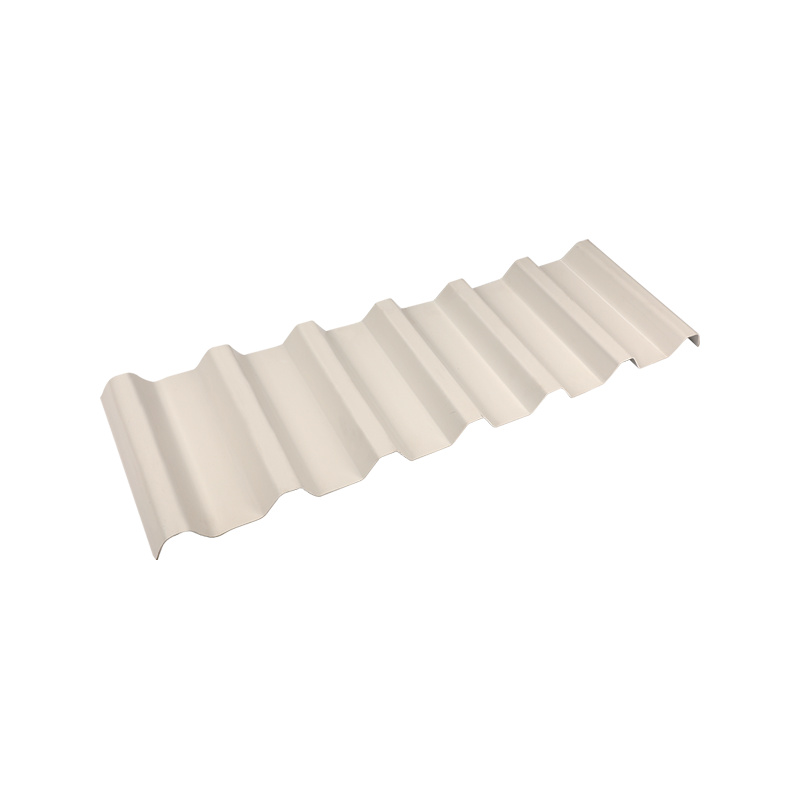
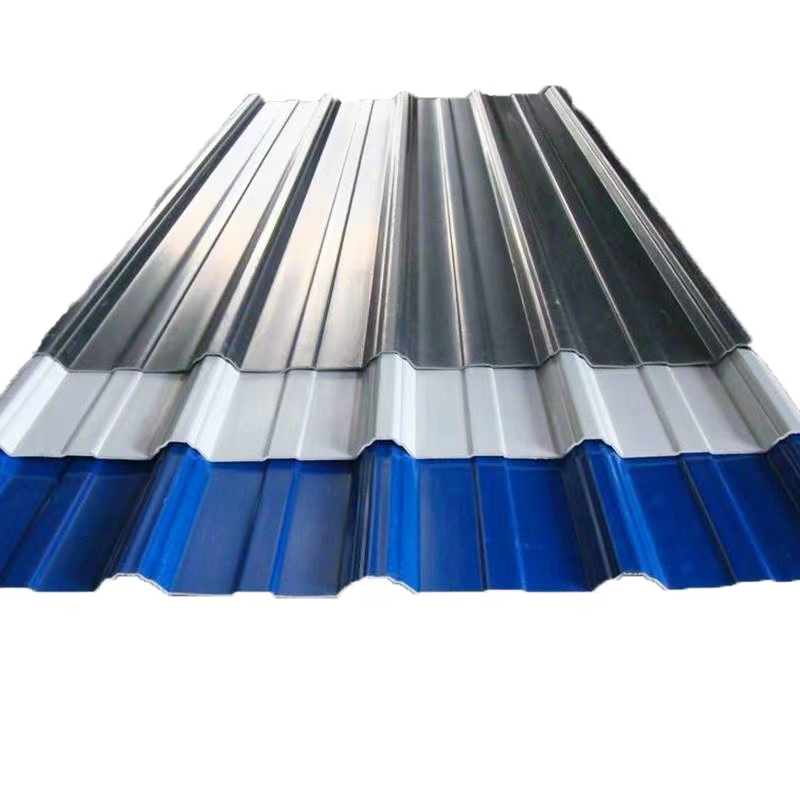
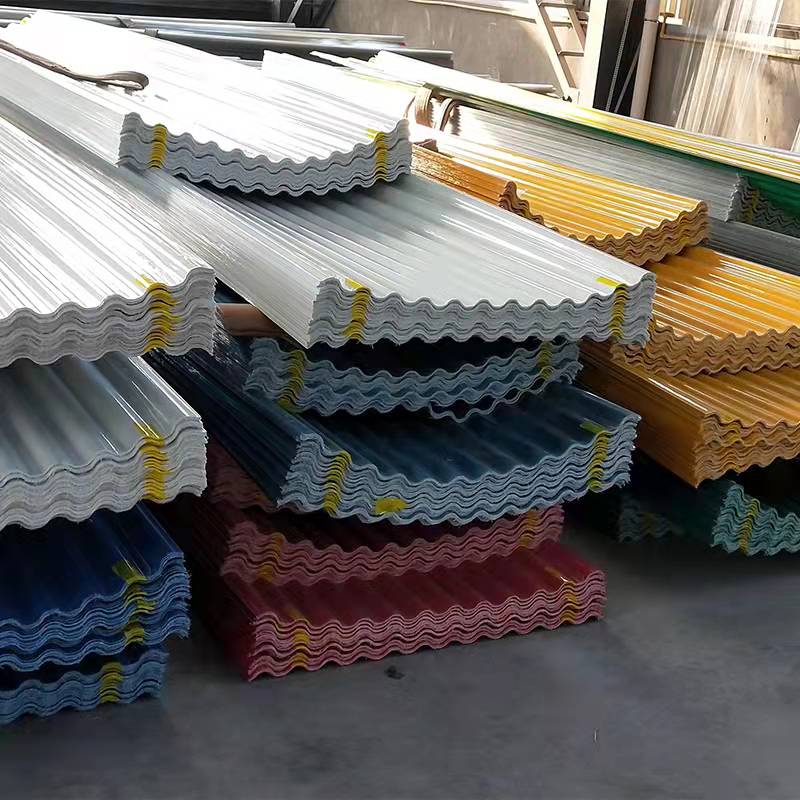
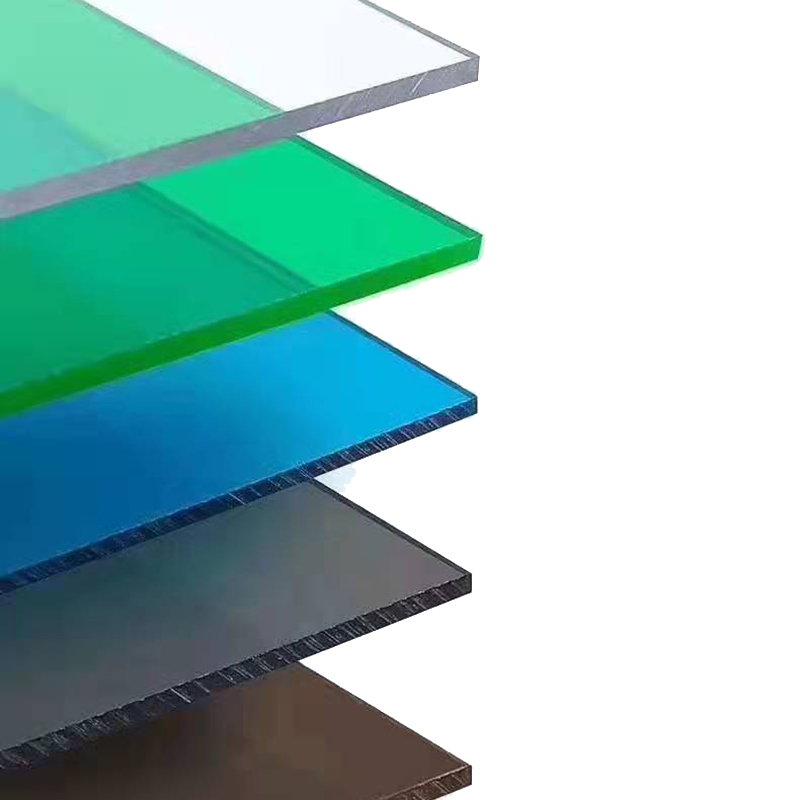
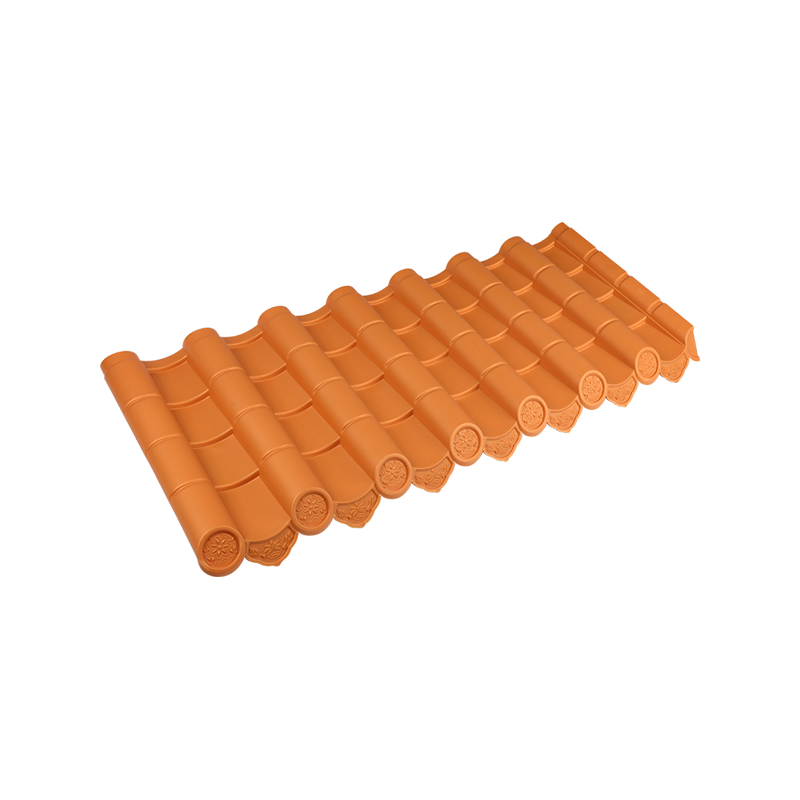
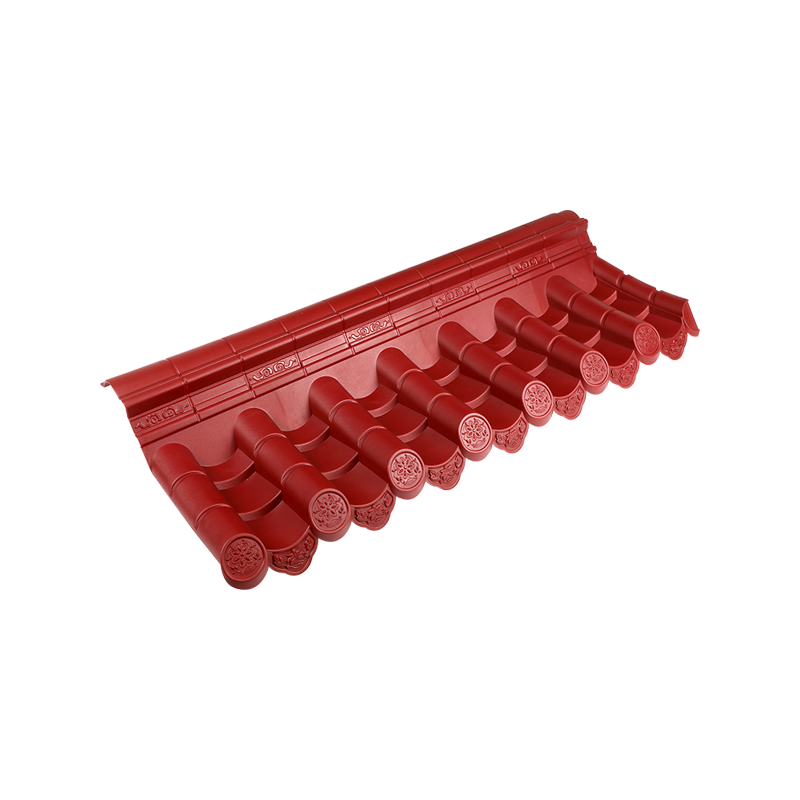


 Email:
Email: Phone:
Phone: Adress:
Adress: